computervision
Latest
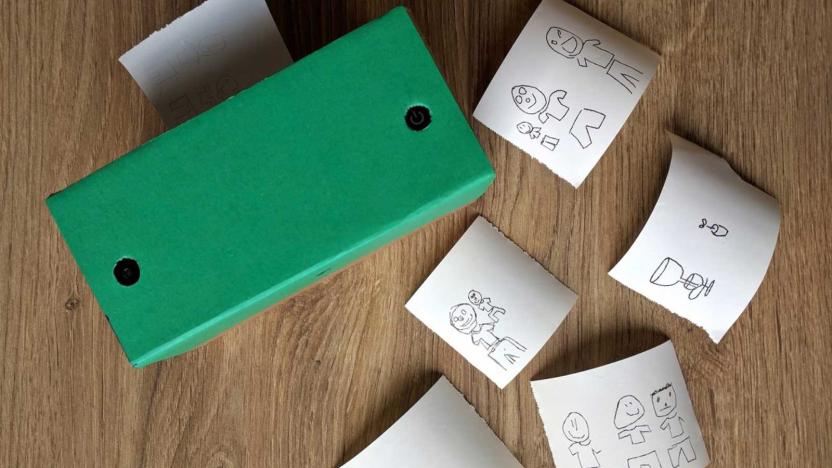
AI-powered instant camera turns photos into crude cartoons
Most cameras are designed to capture scenes as faithfully as possible, but don't tell that to Dan Macnish. He recently built an instant camera, Draw This, that uses a neural network to translate photos into the sort of crude cartoons you would put on your school notebooks. Macnish mapped the millions of doodles from Google's Quick, Draw! game data set to the categories the image processor can recognize. After that, it was largely a matter of assembling a Raspberry Pi-powered camera that used this know-how to produce its 'hand-drawn' pictures with a thermal printer.

AI-enabled Guess store helps you create an ensemble
You can try Amazon's Echo Look if you want AI to offer fashion advice at home. But what if you're at the store, and would rather not hem and haw while you decide if that top goes with those jeans? Guess and Alibaba think they can help. They've worked together on an AI system, FashionAI, that uses computer vision to help you create an entire outfit while you're shopping. A smart mirror can recognize the color, style and traits of what you're holding (such as the neckline) and suggest other items that would be a good complement, including clothes you've already bought online. Can't style your way out of a wet paper bag? You might only have to pick one piece that strikes your fancy to create a full ensemble.
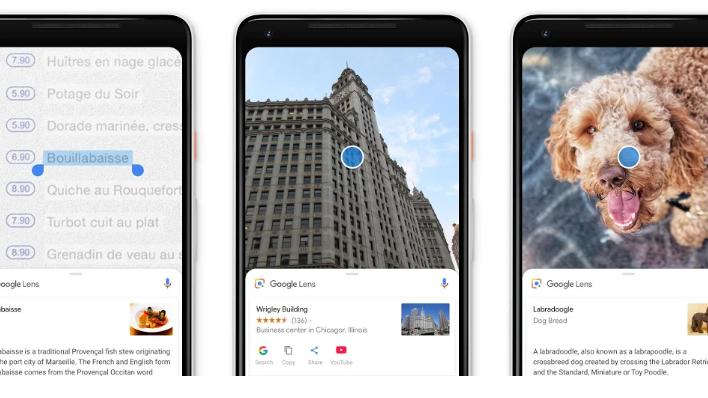
Google's Lens AI camera is now a standalone app
Google has made good on its promise to release a standalone Lens app in the Play Store. The feature is already integrated on most Android phones, and the app doesn't come with any new features, so really it just serves as a quick launch for the platform. It's only available on devices with Marshmallow and above, and already many users are reporting that it's not working properly on some devices, but hey, it's Lens. The feature, which lets you identify artwork, landmarks and even dogs, hasn't always lived up to its promise as a computer vision platform. However, Google has recently launched a load of cool new Lens features, such as text integration and Style Match, so at least the separate app means that everyone will be able to play with them.
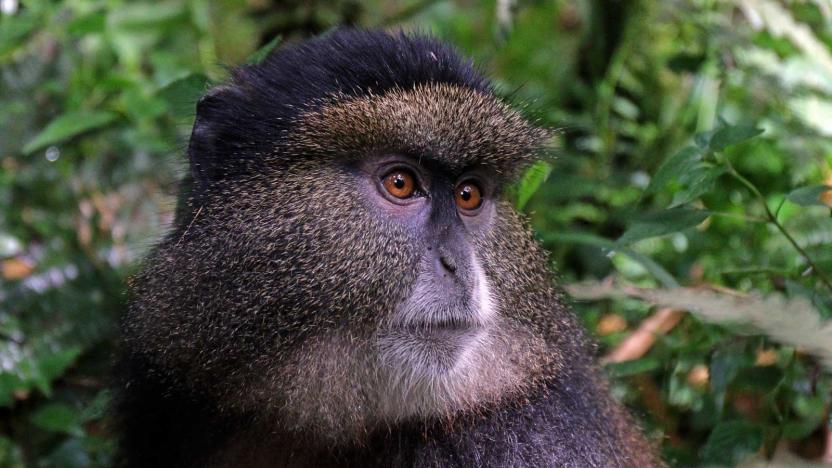
Facial recognition may help save endangered primates
Facial recognition isn't limited to humans. Researchers have developed a face detection system, PrimNet, that should help save endangered primates by tracking them in a non-invasive way. The neural network-based approach lets field workers keep tabs on chimpanzees, golden monkeys and lemurs just by snapping a photo of them with an Android app -- it'll either produce an exact match or turn up five close candidates. That's much gentler than tracking devices, which can stress or even hurt animals.
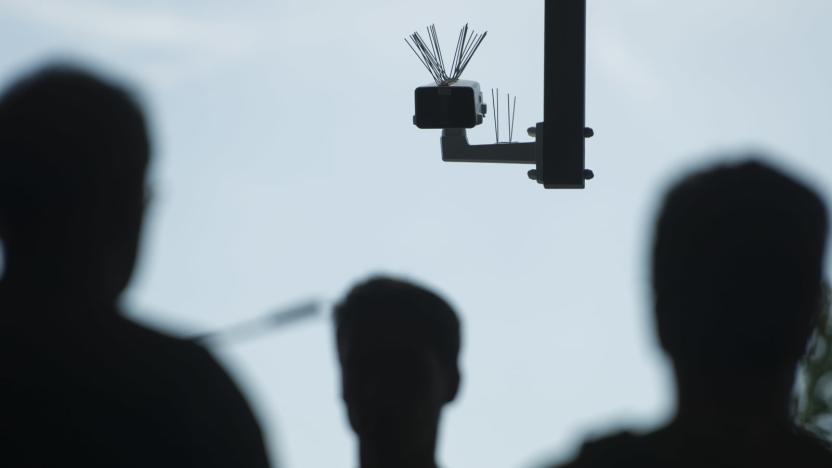
Amazon is selling facial recognition tech to law enforcement
If you're nervous about the privacy implications of Amazon's camera technology, there might be a good reason for it. The ACLU and a coalition of civil rights groups are calling on Amazon chief Jeff Bezos to stop offering Rekognition facial detection system to government customers after learning that the company is actively helping law enforcement implement the potentially invasive technology. Police in multiple regions have partnered with Amazon on surveillance projects, including an Orlando proof-of-concept that lets Amazon search for "people of interest" through city cameras as well a Washington County, Oregon initiative that lets officers scan people to see if they turn up in a mugshot database.
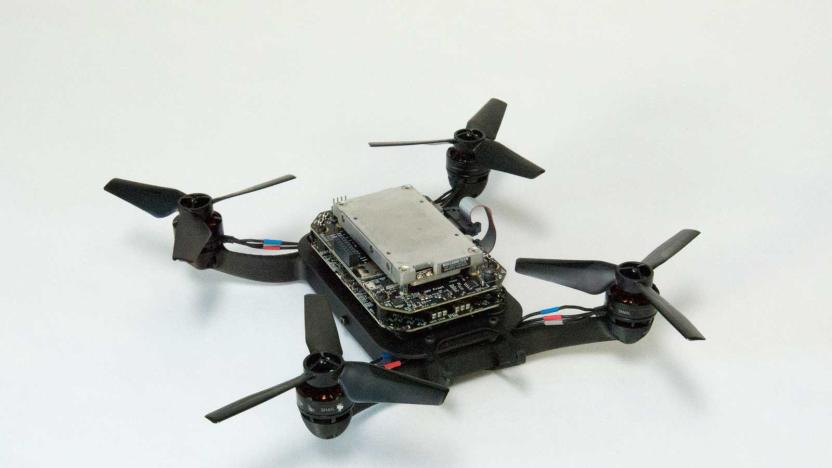
Virtual testing ground helps autonomous drones fly faster
It's not easy to teach drones to fly quickly and safely. You usually have to create an elaborate proving ground with real obstacles, and a single mishap could prove very costly. MIT's solution? Have the drones fly around imaginary objects. The school's engineers have created a virtual testing ground, nicknamed Flight Googles, that has drones flying through a simulated landscape in the safety of an empty room. Motion capture cameras around the space track the orientation of the drone and help the system send realistic, customized virtual images to the drone to convince it that it's flying through an apartment or another obstacle-laden environment.

Amazon will open checkout-free stores in Chicago and San Francisco
You no longer have to make a beeline to Seattle if you want to shop at an Amazon Go store. Amazon has posted job listings for store managers in both Chicago and San Francisco, making it clear where the automated stores are headed next. The company didn't confirm opening dates or locations in a response to the Seattle Times. However, there are already some clues: Curbed noted that Amazon has a building permit for a store in Chicago's Loop, while a San Francisco Chronicle report claimed that a store would open near Union Square.
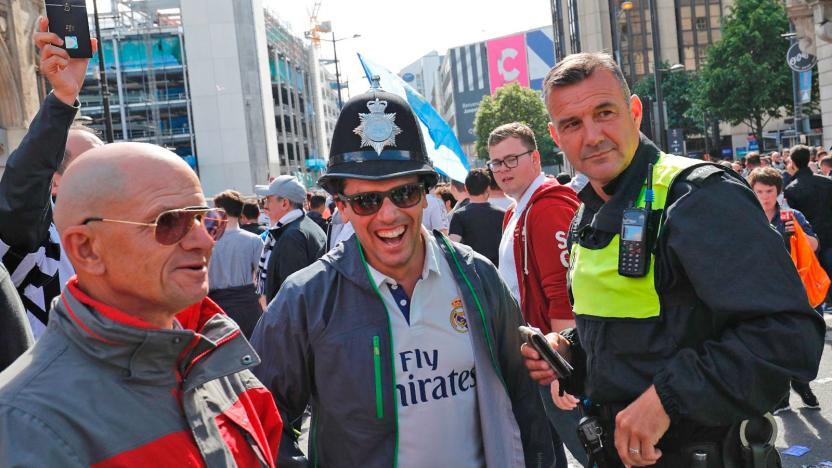
Police face recognition misidentified 2,300 as potential criminals
Ask critics of police face recognition why they're so skeptical and they'll likely cite unreliability as one factor. What if the technology flags an innocent person? Unfortunately, that caution appears to have been warranted to some degree. South Wales Police are facing a backlash after they released data showing that their face recognition trial at the 2017 Champions League final misidentified thousands as potential criminals. Out out of 2,470 initial matches, 2,297 were false positives -- about 92 percent.

Facebook trained image recognition AI with billions of Instagram pics
Training deep learning models to recognize images, as well as objects within those images, takes quite a bit of effort. Often, each training image has to be labeled by humans and when you're using millions of images, that process becomes rather labor-intensive. Scaling up to billions of images becomes nearly impossible. So, Facebook has been working on a way to train deep learning models with limited human supervision. Instead, its researchers have turned to public images that are, in a way, already labeled -- with hashtags.
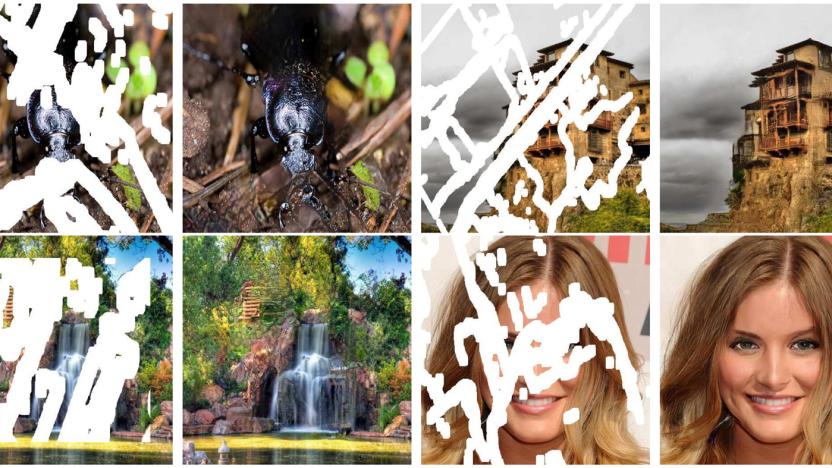
NVIDIA's AI fixes photos by recognizing what's missing
Most image editing tools aren't terribly bright when you ask them to fix a photo. They'll borrow content from adjacent pixels (such as Adobe's recently demonstrated context-aware AI fill), but they can't determine what should have been there -- and that's no good if you're trying to restore a decades-old photo where you know what's absent. NVIDIA might have a solution. It developed a deep learning system that restores photos by determining what should be present in blank or corrupted spaces. If there's a missing eye in a portrait, for instance, it knows to insert one even if the eye area is largely obscured.
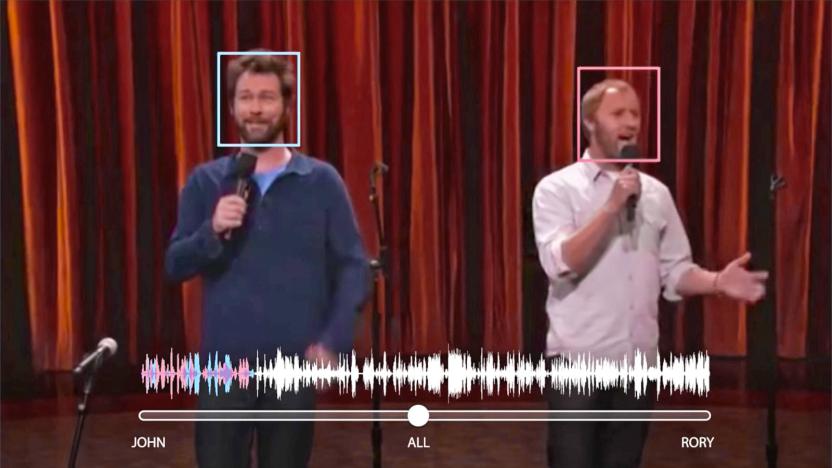
Google AI can pick out voices in a crowd
Humans are usually good at isolating a single voice in a crowd, but computers? Not so much -- just ask anyone trying to talk to a smart speaker at a house party. Google may have a surprisingly straightforward solution, however. Its researchers have developed a deep learning system that can pick out specific voices by looking at people's faces when they're speaking. The team trained its neural network model to recognize individual people speaking by themselves, and then created virtual "parties" (complete with background noise) to teach the AI how to isolate multiple voices into distinct audio tracks.

Skydio R1 review: The ultimate follow-me drone comes at a price
In a park, perched on San Francisco's East Bay, I set down Skydio's R1 drone, open an app on my phone, click "launch" and do something I would normally never do. I walk straight under a tree, knowing full well that the R1 will follow me and that the branches are directly in its flight path; I am trying to make it crash. I fail. I repeat this task a few more times, even with the drone flying backward, but try as I might, the R1 slips right under (and sometimes over) the tree's canopy. I am doing nothing but walking, no controller or phone in my hand; the R1 is figuring this all out by itself. Should I be surprised at this? In theory, no. When drone newcomer Skydio recently revealed the self-flying R1 ($2,499), the main selling point was its superior ability to follow a target and avoid obstacles at speed. But drones have offered various versions of follow-and-avoid for a while, and in my experience, none has really nailed it. Hence my surprise at how deftly the R1 avoided Californian topiary, right out of the box.
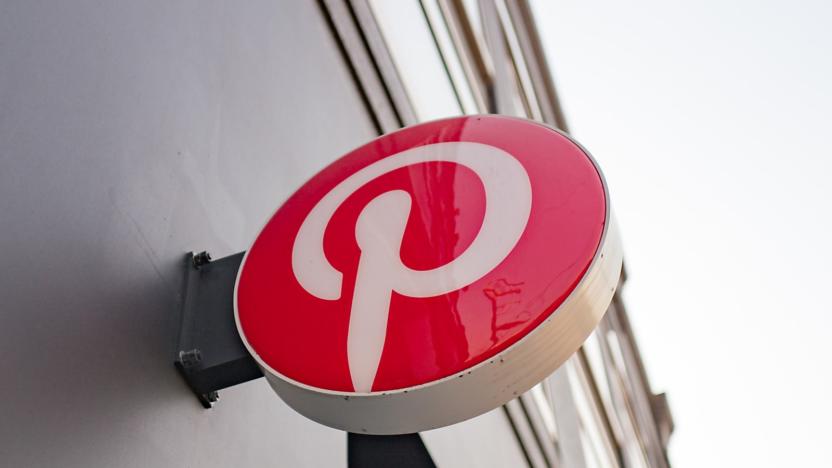
Pinterest hires Google computer vision expert to sort your Pins
Pinterest is very committed to improving its search technology through AI -- so committed, in fact, that it just hired one of the foremost experts in the field. The social network has announced that it's recruiting Chuck Rosenberg, Google's AI vision research leader, to become its Head of Computer Vision. He spent just shy of 14 years at Google and was responsible for a number of major AI-related efforts, including the first large deployment of an image-focused deep learning network.
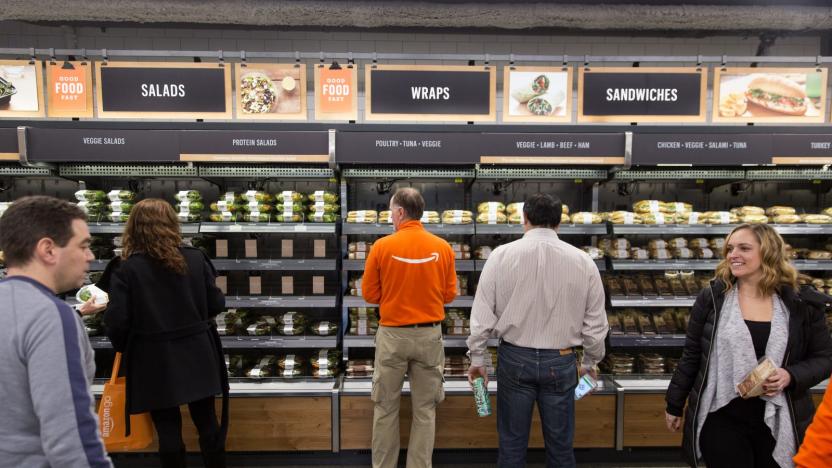
Amazon's checkout-free store opens to the public January 22nd
Amazon's bid to automate the convenience store is finally ready for the public. The company has confirmed that the Amazon Go store attached to its new Seattle headquarters will be open to non-employees on January 22nd, or more than a year later than planned. The premise remains the same. You have to scan in with a smartphone app when you enter the store, but it's largely friction-free beyond that. A computer vision AI system tracks the items you remove from the shelves, letting you walk out without talking to a cashier or using a self-checkout machine. The only staff you'll likely see are for ID checking (when buying alcohol), greeters and the kitchen.

Google tool lets you train AI without writing code
In many ways, the biggest challenge in widening the adoption of AI isn't making it better -- it's making the tech accessible to more companies. You typically need at least some programming to train a machine learning system, which rules it out for companies that can't justify a data scientist for the task. Google may have a solution: it just unveiled an alpha release of Cloud AutoML Vision, its first in a set of tools that trains AI without requiring code. This first service trains image recognition systems using a drag-and-drop interface -- you just have to load photos, tag them and start the training process.
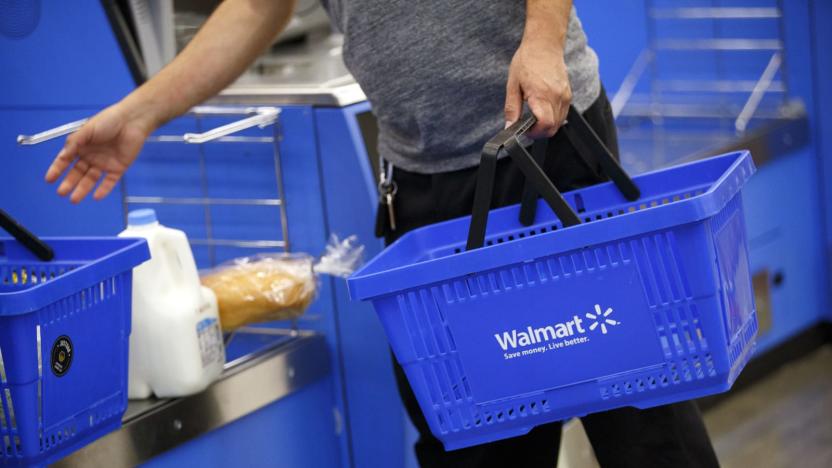
Walmart is testing personal shopping and cashier-free stores
Walmart's quest to counter Amazon at every turn has taken its next logical step: helping you avoid as much human interaction as possible. Recode has learned that Walmart has started testing a pair of services that cut the usual retail staff out of the equation. The first, from a new Code Eight subsidiary, is a personal shopping service for the "high net worth urban consumer" that uses text messages to get recommendations and make purchases -- you can even send a photo to show what you want. Send some texts and you'll get typical household items in 24 hours, and anything else within 2 business days. There would eventually be a membership fee, although testers are using it at no cost.

Google app experiments push the limits of phone photography
Google doesn't want to limit its photographic prowess to its own phones -- it just released an initial batch of "appsperiments" that use the company's knack for computer vision and other technologies to test the boundaries of phone photography. Storyboard for Android is arguably the highlight. The app uses object recognition and style algorithms to automatically grab interesting frames from a video and drop them into comic-style layouts with appropriate filters. You could summarize an event just by recording one video, rather than remembering to take gobs of photos.
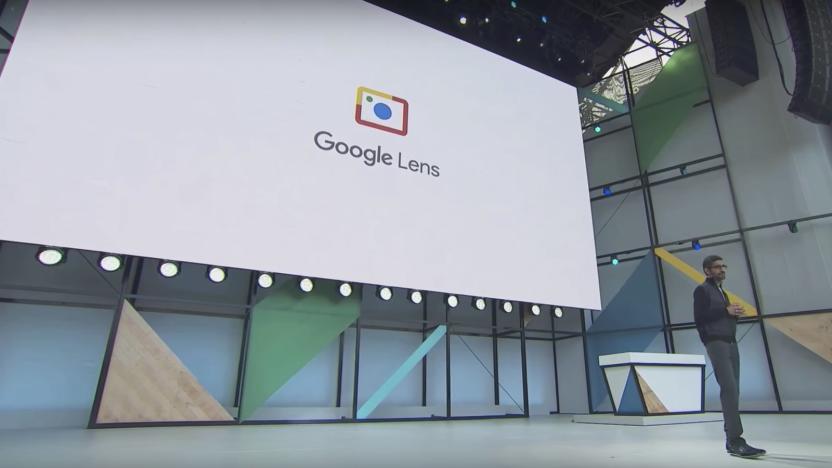
Google Lens is rolling out to first-generation Pixel phones
Google is working on some impressive artificial intelligence tricks. And, many of them are finding their way to the public. We can already interact with the company's digital assistant on our phones and through Google Home. Now, Google Lens is arriving on the original Pixel and Pixel XL. As Android Police notes, a number of users have spotted the feature in the Photos app on the first-gen handsets. We knew Lens was coming, but we didn't know when. In case you missed its unveiling in May, Lens uses computer vision to understand what's in your photos, videos, and the world around you. In the words of Engadget's Devindra Hardawar: "It's basically Google search for everything outside of screens."
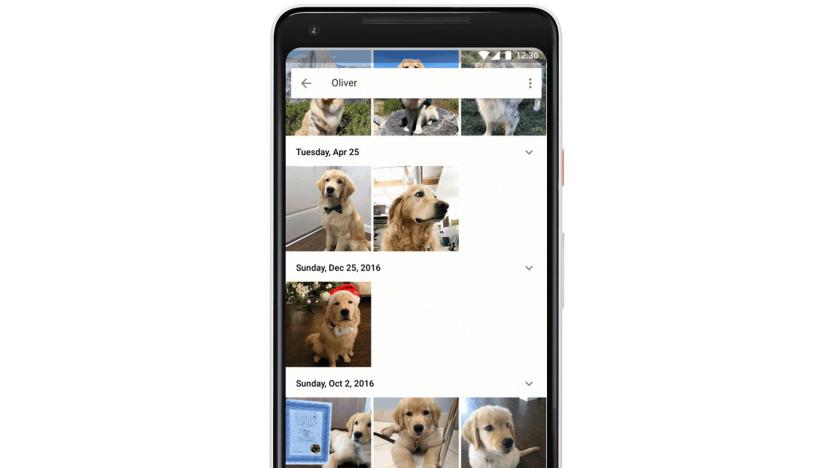
Google Photos can pick your pet out of a furry lineup
Google Photos has long been adept at recognizing animals in a generic sense. But let's be honest: the real reason you're digging through photos is to find shots of your specific pets when they were little balls of fur. Accordingly, Google has made those pet searches much easier. Photos is now smart enough to recognize individual and dogs, placing their shots alongside people. You can name pets, too, so you can look for Chairman Meow or Rover instead of typing in generic "cat" and "dog" queries.

Pornhub is improving search with an AI porn addict
NSFW Warning: This story may contain links to and descriptions or images of explicit sexual acts. One of the (many) problems that porn websites that rely upon user-generated content have, is that its one-handed users often don't respect proper database use. As a consequence, you may have thousands of clips, all described with the same five words and two tags. That makes discovery and cataloging a problem, especially if you're looking for videos to cater to your very specific niche or favorite performer.





